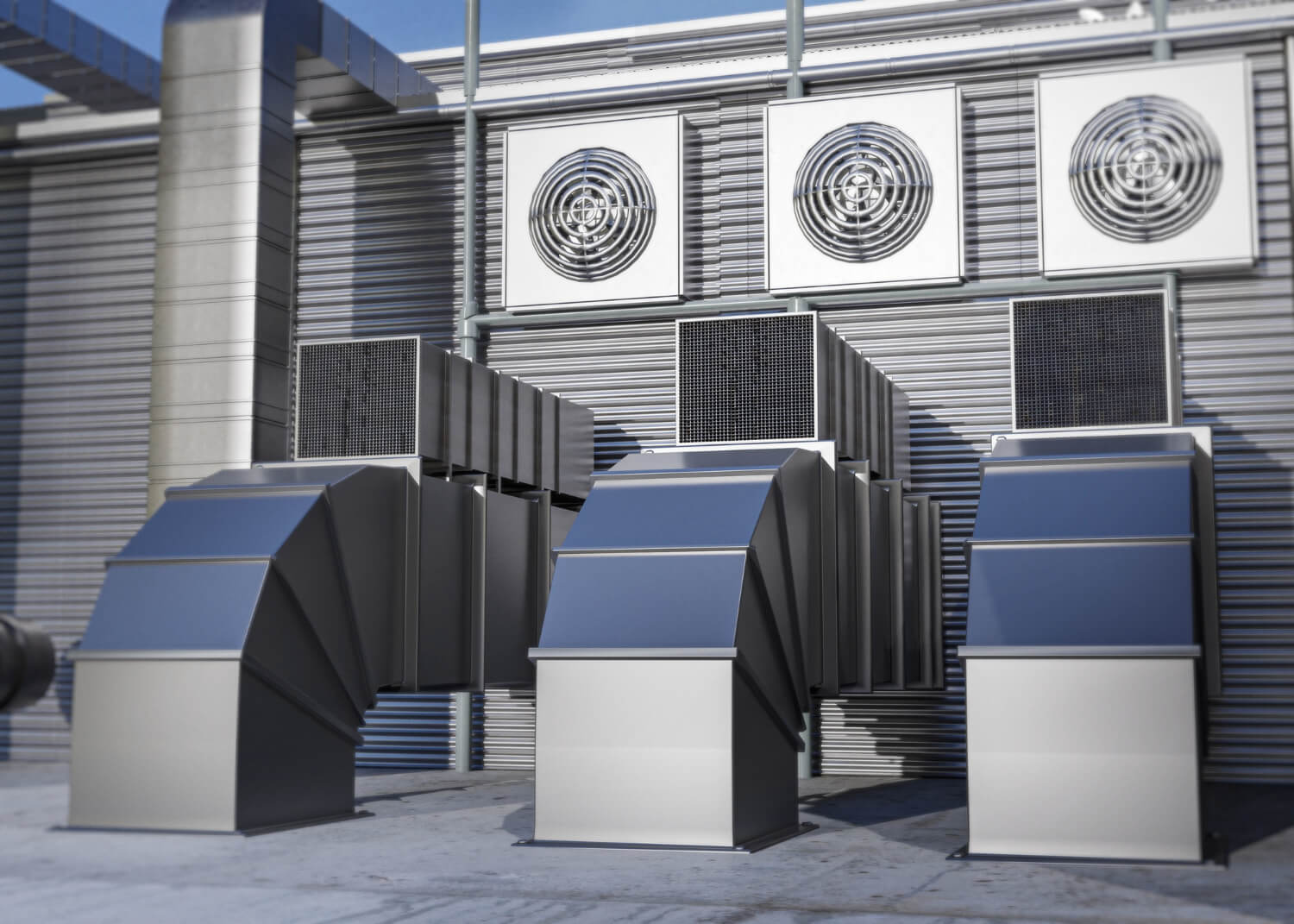
In the dynamic landscape of commercial buildings, where energy efficiency is a paramount concern, the role of HVAC systems cannot be overstated. As technology evolves, so do the opportunities to optimize energy consumption and reduce environmental impact. In this blog post, we’ll explore practical HVAC upgrades tailored for commercial spaces in Florida, shedding light on how these enhancements can contribute to improved energy efficiency, cost savings, and a more sustainable future for businesses.
Smart Thermostats for Precision Control
Embrace the era of precision control with smart thermostats. These intelligent devices go beyond conventional temperature regulation, allowing for programmable schedules, adaptive learning, and remote management. By optimizing heating and cooling cycles based on occupancy and usage patterns, smart thermostats contribute to significant energy savings without compromising comfort.
Variable Refrigerant Flow (VRF) Systems
VRF systems represent a leap forward in HVAC technology for commercial buildings. These systems offer individualized control over temperature zones, enabling efficient heating and cooling where needed. VRF technology minimizes energy waste by adjusting refrigerant flow according to demand, ensuring optimal comfort while maximizing energy efficiency.
Energy-Recovery Ventilation (ERV) Systems
ERV systems enhance indoor air quality while maximizing energy efficiency. These systems recover and exchange heat and moisture from outgoing air to precondition incoming fresh air. By reducing the load on HVAC systems, ERVs not only contribute to energy savings but also foster a healthier indoor environment.
High-Efficiency HVAC Units
Upgrading to high-efficiency HVAC units is a straightforward yet impactful way to enhance energy performance. Modern units often boast improved Seasonal Energy Efficiency Ratio (SEER) ratings, reflecting their ability to deliver cooling output efficiently over an entire season. Investing in high-efficiency units can result in substantial long-term energy savings.
Occupancy Sensors and Zoning Systems
Tailor your HVAC system to the ebb and flow of occupancy with the integration of occupancy sensors and zoning systems. These technologies enable precise control over temperature in specific areas, minimizing energy consumption in unoccupied spaces. By dynamically adjusting heating and cooling based on real-time occupancy, businesses can achieve notable energy savings.
Demand-Controlled Ventilation (DCV)
DCV systems automatically adjust ventilation rates based on occupancy levels, ensuring that ventilation aligns with the actual demand in the space. By optimizing airflow, DCV contributes to energy efficiency, reduces unnecessary ventilation, and maintains indoor air quality. This intelligent approach to ventilation is especially relevant for fluctuating occupancy scenarios in commercial settings.
Lighting Integration for Synergistic Efficiency
Beyond HVAC upgrades, integrating lighting systems can enhance overall energy efficiency. Coordinated efforts between HVAC and lighting controls, often known as building automation systems, allow for seamless energy optimization. For instance, adjusting lighting levels based on natural light availability can complement HVAC strategies for greater energy savings.
Energy-Efficient Insulation and Windows
While HVAC upgrades focus on system efficiency, don’t overlook the impact of building envelope improvements. Upgrading insulation and windows reduces heat transfer, easing the load on HVAC systems. By creating a thermally efficient building envelope, businesses can achieve consistent comfort levels with reduced energy consumption.
Renewable Energy Integration
Consider incorporating renewable energy sources, such as solar panels, to power HVAC systems. While not a direct HVAC upgrade, renewable energy integration aligns with the broader goal of reducing a building’s carbon footprint. Businesses can harness solar energy to supplement power needs, offsetting electricity consumption from traditional sources.
Regular Maintenance and System Optimization
A comprehensive energy-efficient HVAC strategy is incomplete without regular maintenance. Establishing a routine maintenance schedule ensures that systems operate at peak efficiency. Regular inspections, cleaning, and optimization of equipment contribute to prolonged system lifespan and sustained energy savings.
Conclusion
Navigating the future of commercial HVAC systems involves a strategic embrace of energy-efficient upgrades. From smart thermostats to renewable energy integration, businesses have an array of options to enhance efficiency, reduce operating costs, and contribute to environmental sustainability. By adopting these practical upgrades, commercial spaces can not only optimize energy consumption but also pave the way for a greener and more cost-effective future.